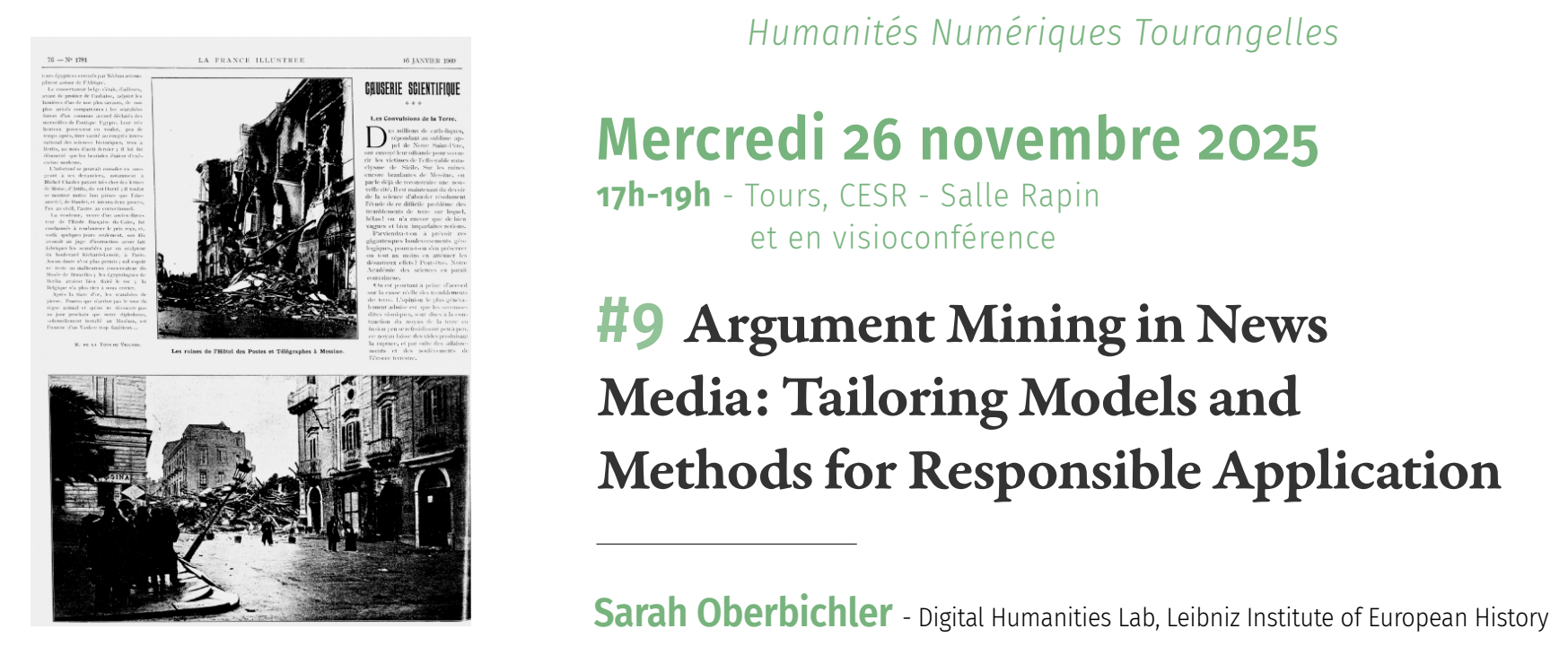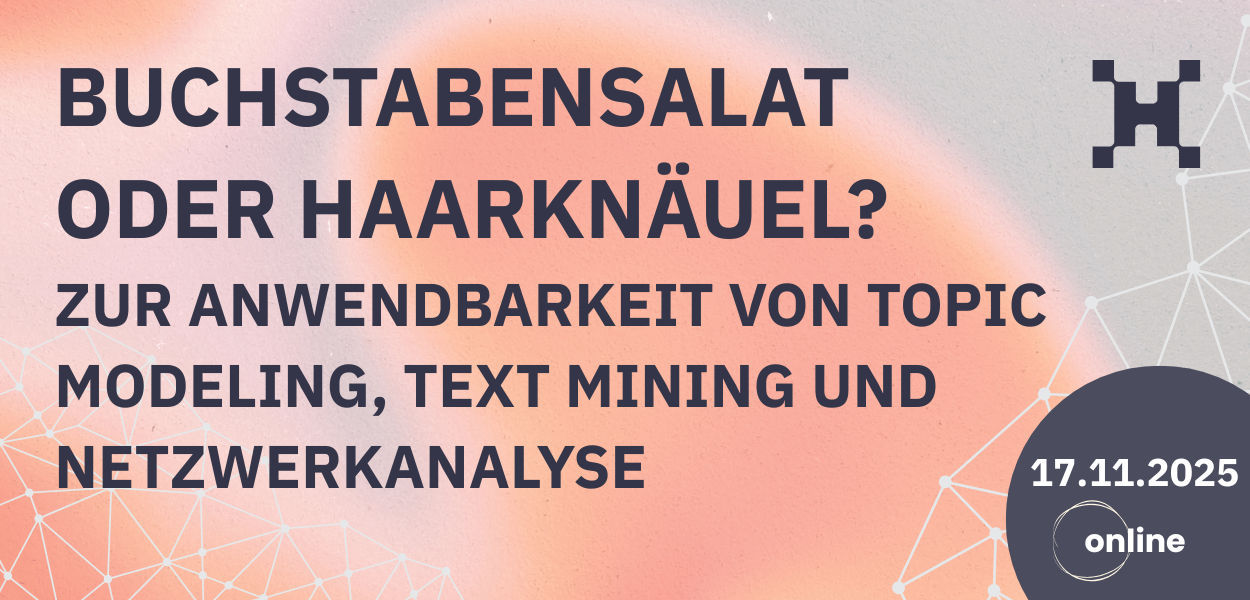"Asking scientists to identify a paradigm shift, especially in real time, can be tricky. After all, truly ground-shifting updates in knowledge may take decades to unfold. But you don’t necessarily have to invoke the P-word to acknowledge that one field in particular — natural language processing, or NLP — has changed. A lot.
The goal of natural language processing is right there on the tin: making the unruliness of human language (the “natural” part) tractable by computers (the “processing” part). A blend of engineering and science that dates back to the 1940s, NLP gave Stephen Hawking a voice, Siri a brain and social media companies another way to target us with ads. It was also ground zero for the emergence of large language models — a technology that NLP helped to invent but whose explosive growth and transformative power still managed to take many people in the field entirely by surprise.
To put it another way: In 2019, Quanta reported on a then-groundbreaking NLP system called BERT without once using the phrase “large language model.” A mere five and a half years later, LLMs are everywhere, igniting discovery, disruption and debate in whatever scientific community they touch. But the one they touched first — for better, worse and everything in between — was natural language processing. What did that impact feel like to the people experiencing it firsthand?
Quanta interviewed 19 current and former NLP researchers to tell that story. From experts to students, tenured academics to startup founders, they describe a series of moments — dawning realizations, elated encounters and at least one “existential crisis” — that changed their world. And ours."
https://www.quantamagazine.org/when-chatgpt-broke-an-entire-field-an-oral-history-20250430/
#AI#GenerativeAI#ChatGPT#NLP#OralHistory #LLMs #Chatbots





 Boosts appreciated ❤️
Boosts appreciated ❤️ 
